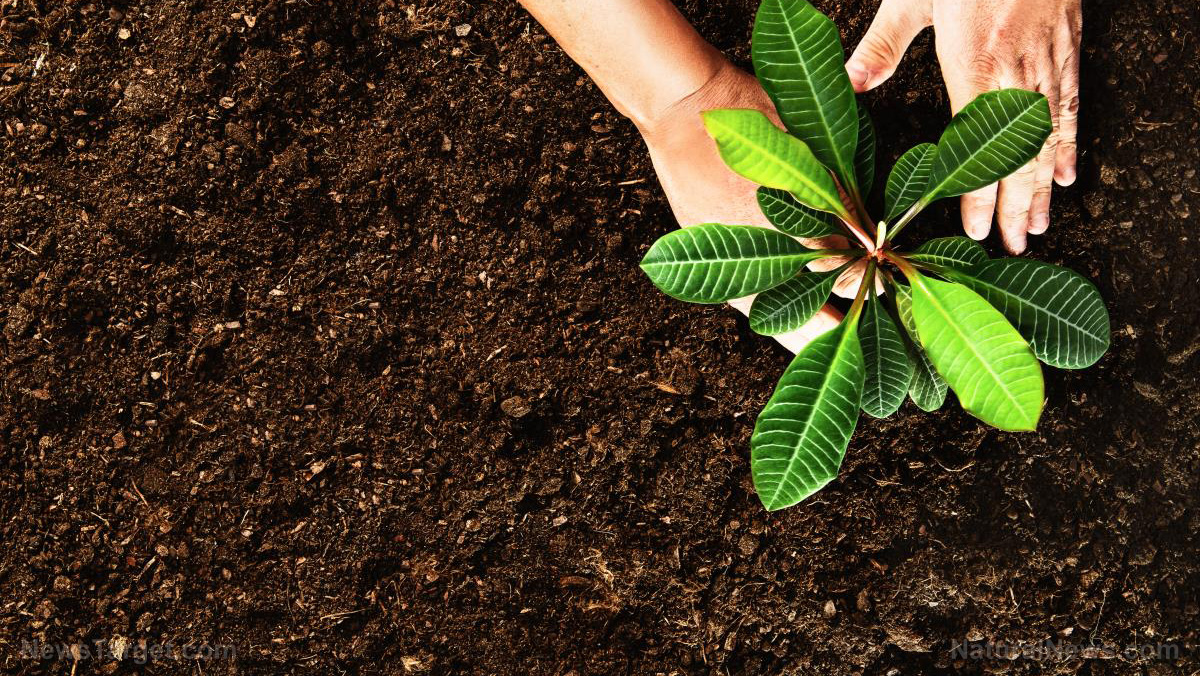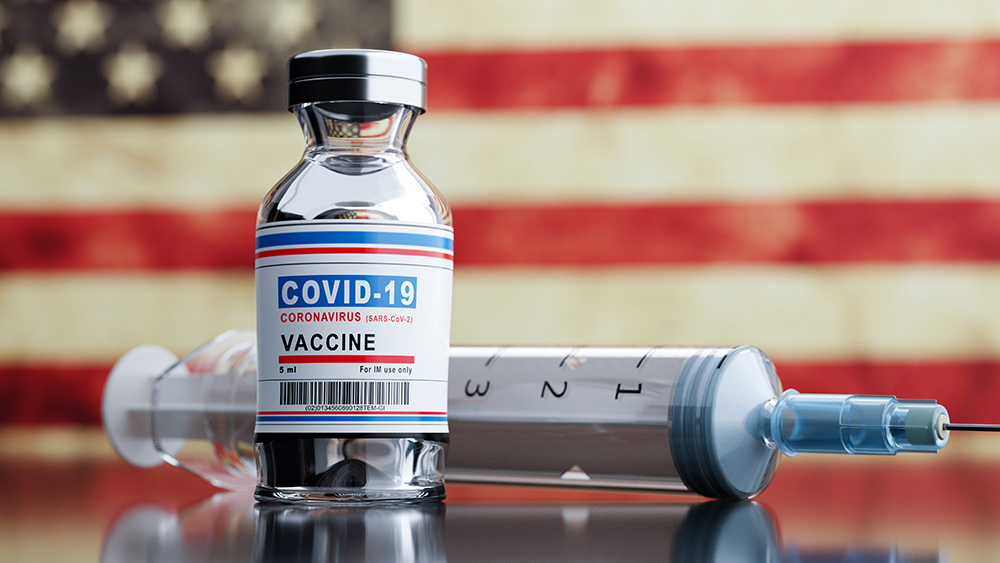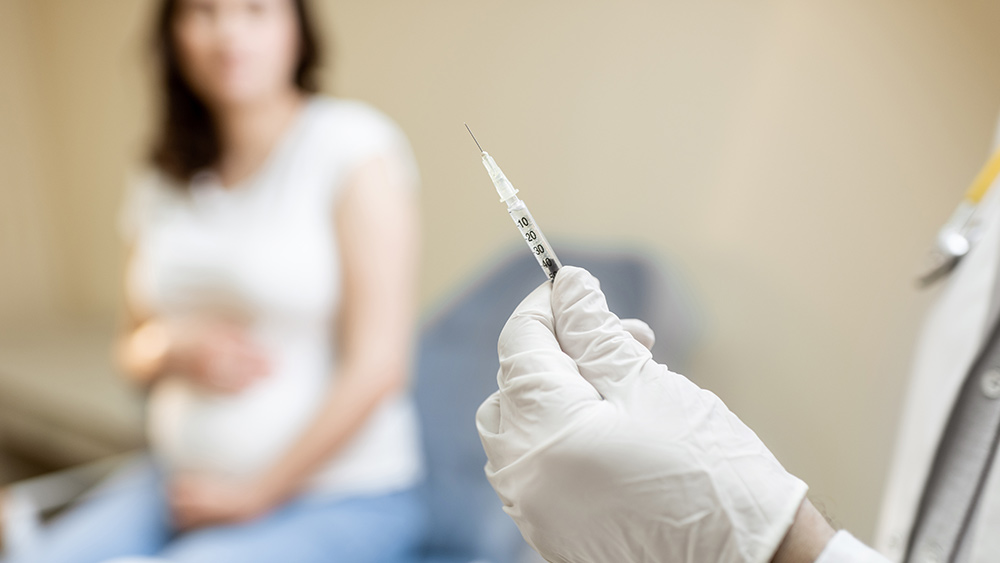
Many home gardeners buy compost or fertilizers to improve the quality of their soil. Unfortunately, some home fertilizers made from biosolids – nutrient-rich, organic materials derived from sewage sludge – contain alarmingly high levels of "forever chemicals," or per- and polyfluoroalkyl substances (PFAS).
Those are the findings of a recent report by scientists with Ecology Center, a nonprofit environmental advocacy group based in Michigan, and Sierra Club, the largest grassroots environmental group in the United States.
Sewage sludge, which is treated and marketed as "biosolids," is typically used to fertilize gardens and farmland. Because sewage sludge is primarily a mix of treated wastewater and human waste, it is rich in nitrogen, phosphorus and other nutrients plants need to grow. This is why it is widely sold as fertilizer.
However, the finding that some home fertilizers made from sewage sludge contain PFAS raises serious concerns because PFAS exposure has been associated with adverse health outcomes. These include increased cholesterol and blood pressure levels, neurological problems, birth defects and cancer.
Spreading biosolids or sewage sludge in soil used to grow food means that some of the PFAS's in those products enter the soil, said study co-author Gillian Miller, a senior scientist with the Ecology Center. Plants may then take up the chemicals. "[If] the plants are eaten, then that's a direct route into the body."
The report is not peer-reviewed. However, independent researchers who reviewed the report for The Guardian said its methodology is sound.
PFAS found in some fertilizers
Miller and her colleagues sampled nine different fertilizers made from sewage sludge and tested them for more than 30 types of PFAS. They purchased the fertilizers in several states, including Maine and Michigan.
Eight of the fertilizers had PFAS levels above Maine's advisory screening limit for PFAS's in biosludge. Moreover, each of those fertilizers had between 14 and 20 types of PFAS. It's important to note that although regulators use PFAS tests designed to check for up to 33 individual compounds, roughly 9,000 compounds exist.
The researchers also tested the fertilizers for total organic fluorine, which is an indicator of PFAS contamination. They found that the fertilizers had up to 233 parts per billion (ppb) of fluorine, which is similar to concentrations found in fish caught in polluted waters.
Organic fluorine levels in the fertilizers were also thousands of times higher than those that are regulated in drinking water.
Sonya Lunder, senior toxics advisor for the Sierra Club, said labels on fertilizers made from sludge usually have misleading terms, such as "eco" and "natural." Some companies would even use the word "organic" for their name. "[But] evidence shows that biosolids can have persistent chemicals," Lunder said.
Meanwhile, Miller said that those misleading words have no actual legal definition. So although brands may state that their fertilizer is made from biosolids, their packaging doesn't really explicitly say that the product contains a combination of human and industrial sewage waste.
Though various studies have found that plants uptake PFAS, there are still no standards for PFAS in food. They may also be harmful at low levels. This is why public health advocates recommend limiting your exposure to PFAS by avoiding the use of any products that contain PFAS. Apart from fertilizers, PFAS are widely used to make stain-, water- and grease-resistant products like non-stick pans and waterproof outdoor clothing.
Given their findings, the researchers are calling for stricter regulation of sewage sludge. They also want regulators to impose limits for the entire range of PFAS's instead of just a few. (Related: US scientists detect MORE THAN 50 chemicals from everyday products in pregnant women and newborns.)
Learn more about the adverse health effects associated with PFAS exposure at BioSludge.news.
Sources include:
Please contact us for more information.




















